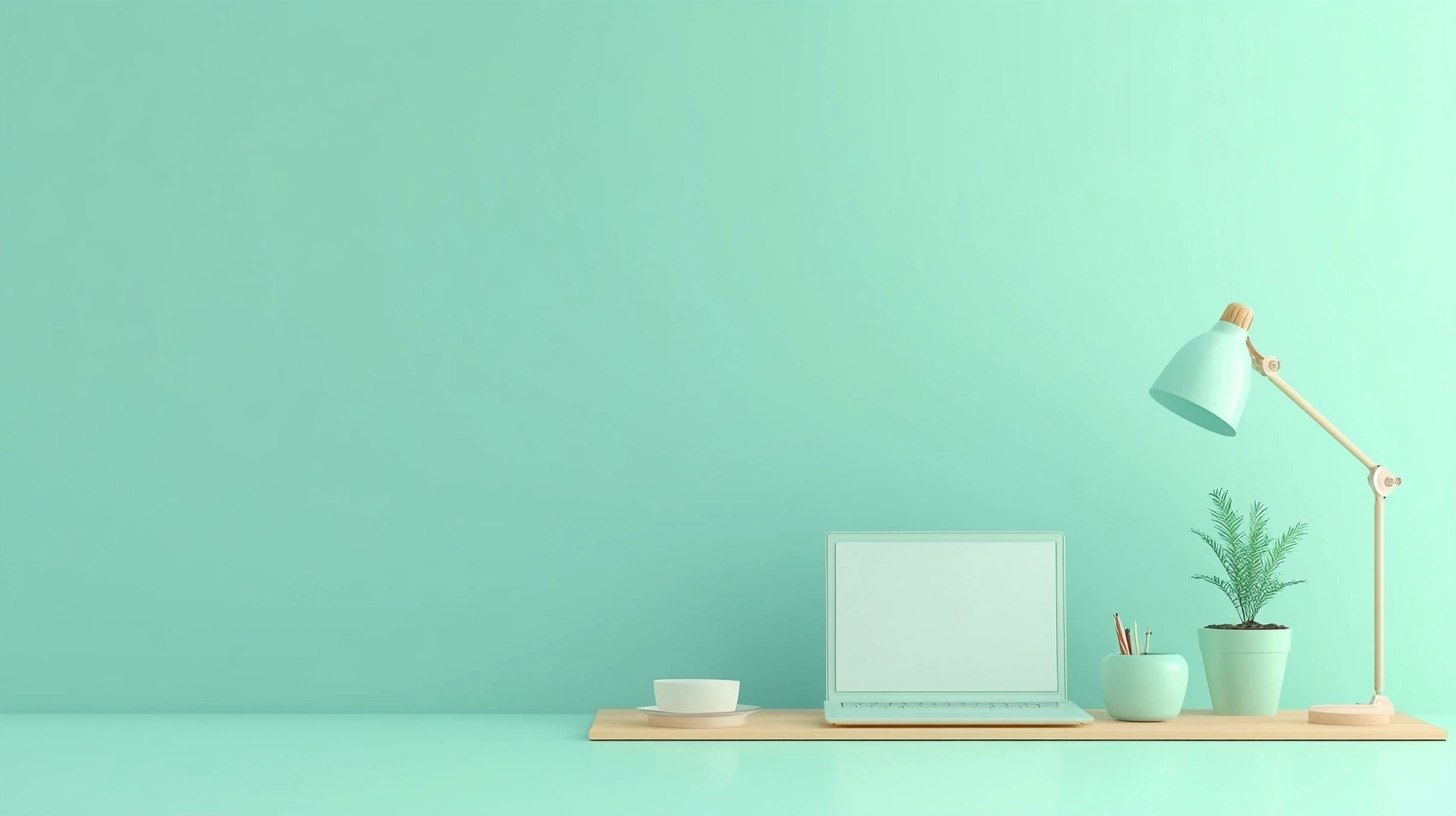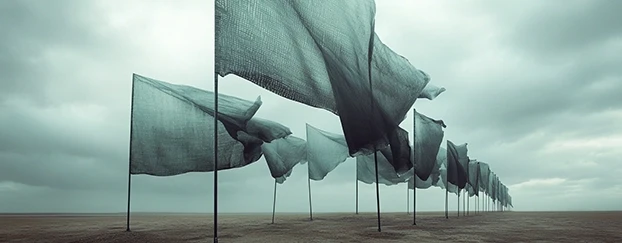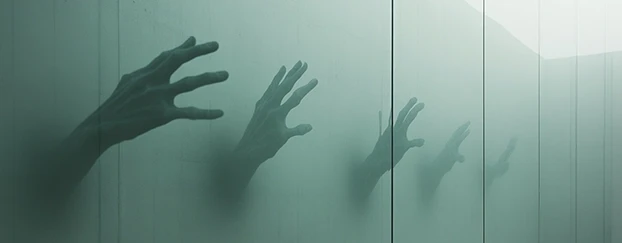
Humor sells—but only if it’s done right. In an era of attention spans shorter than a TikTok loop, funny design isn’t just tolerated, it’s a secret weapon. But here’s the rub: how do you stay meme-worthy without looking like a discount knock-off? Welcome to meme-level marketing for people who still want to get paid.
Why Humor Works in Design
Let’s be honest—nothing seals the deal like a good belly laugh. When people chuckle, they lower their guard. That emotional looseness translates into higher ad recall, stronger brand favorability, and more social shares. Science even backs it: studies show that funny content can boost memory retention by up to 20%. Translation? Humor makes your designs stick and spreads them like wildfire.
What Makes a Meme Design Actually Work?
A meme design isn’t simply slapdash text over a stock photo. The best ones follow a recognisable formula:
- Cultural Relevance – Tap into something timely and universal.
- Minimal Text, Maximum Punch – If they have to scroll to read, you’ve lost them.
- Emotional Twist – Surprise, sarcasm, or brutal honesty elevate a simple joke.
Steal This Format: Try an “Expectation vs Reality” split-screen (think: what clients ask for vs. what you really delivered) or a “Relatable Workflow” flowchart that points out every freelancer’s secret shortcut. Prototype concepts quickly inside devices and tech mockups to see how they land in real UI contexts.
Humor Without Looking Cheap
There’s a razor-thin line between witty and cringe. Meme design doesn’t excuse bad typography or sloppy layouts—it demands strategic irreverence.
Keep it classy with:
- Clean Typography (yes, even in humor—avoid Comic Sans unless you’re being wildly ironic)
- On-Brand Colors and discreet logo placement
- Balanced Layouts where the joke complements the design, not clutters it
Pro Tool Tip: Use headers and banners crafted for viral posts—these maintain brand consistency while letting your humor shine.
Brands Doing It Right
Some companies have fully mastered the art of the meme:
- Duolingo: Their green owl’s savage reminders keep users laughing and learning.
- Ryanair: Savage airline humor, perfectly on-brand, even when poking fun at themselves.
- Canva: They teach design via relatable memes, combining wit with real tips.
What You Can Steal: Their fearless tone of voice, consistent visual style, and unwavering commitment to brand authenticity—even when the joke’s on them.
Where to Use Meme-Driven Design
Not every platform is your meme playground—but many welcome the fun:
- Instagram Stories & Reels: Quick formats amplify rapid-fire jokes.
- LinkedIn Posts: Yes, even the “serious” network laughs—just keep it tasteful.
- Email Newsletters: A well-placed “404” footer joke or a cheeky GIF can boost clicks.
Pro Tip: Rotate meme content with standard branded posts to keep audiences guessing—and engaged.
Crafting Your Unique Humor Voice
You’re not aiming to be the next stand-up superstar, but you do need a coherent “humor style”:
- Sarcastic Realist? Lean into deadpan one-liners.
- Dry & Deadpan? Subtlety is your superpower.
- Self-Deprecating? Share your own design fails for relatability.
Stick to one flavor—humor is like curry: too many spices spoil the dish. Consistency builds a recognisable brand personality.
Legal & Ethical Meme Considerations
Memes often riff off pop culture and copyrighted material. To stay out of hot water:
- Use royalty-free image bases or your own photography.
- Attribute original creators when required by license.
- Avoid defamation or offensive content that could alienate your audience.
Keeping it legal doesn’t kill the fun—it protects your brand’s reputation and keeps your content sharable.
Design Rules Still Apply
Funny or not, the fundamentals can’t be ignored:
- Contrast & Legibility: Even the wittiest text fails if it’s unreadable.
- High-Quality Images: No pixel-ated memes—unless you’re making a point about retro aesthetics.
- Alignment & Spacing: A disciplined grid makes your joke land with precision.
Steal This Layout: Bold headline + expressive hero image (use office and stationary mockups) + ultra-tight copy = your viral trifecta.
Measuring Meme Success
Don’t just throw jokes into the void—track their performance:
- Engagement Rates: Likes, comments, shares.
- Click-Throughs: Did that “404 joke” email actually drive visits?
- Sentiment Analysis: Use tools to gauge whether your humor resonates or rebounds.
Iterate based on data. If that Deadpool-style humor bombs on LinkedIn but slays on Instagram, adjust your channel strategy accordingly.
Conclusion: Funny Is Serious Business
Designing with humor doesn’t diminish your professionalism—it amplifies your humanity. Memes are the new billboards: ephemeral, shareable, and utterly addictive. Nail the balance between irreverence and polish, and you’ll not only go viral—you’ll build a brand people trust and remember.
Want templates that get laughs—and likes? Explore our meme-ready seasonal and holiday templates and smart visuals at CreativeStock.





